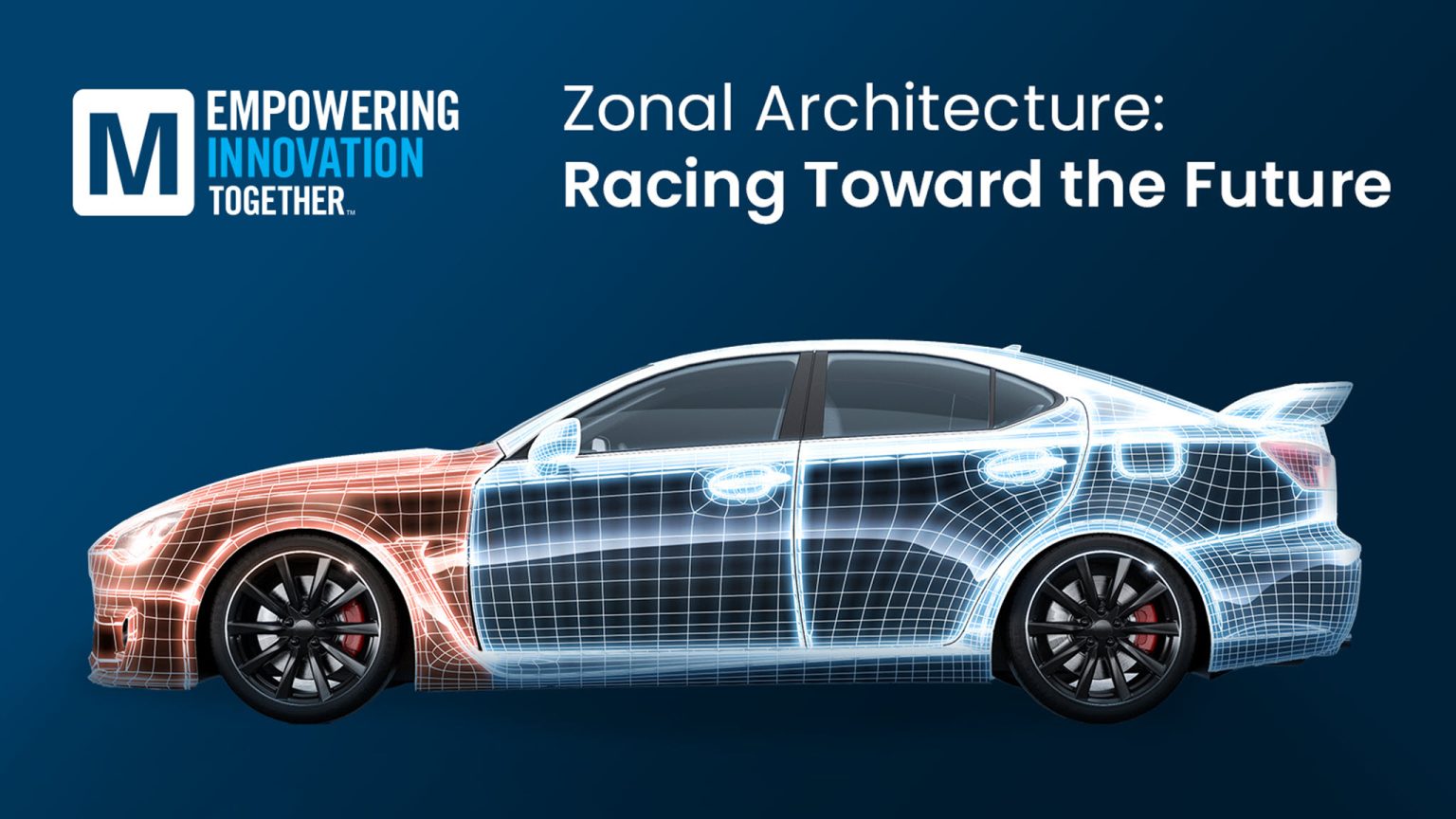As the automotive industry continues to evolve, the push towards electric vehicles (EVs) and advanced driver assistance systems (ADAS) is driving a need for more sophisticated hardware and software systems. In response to these demands, designers are increasingly turning to zonal architecture—a forward-looking approach that promises to enhance the efficiency and manageability of vehicle subsystems. Mouser Electronics, a leading global distributor of electronic components and industrial automation products, has highlighted this trend in the latest instalment of its Empowering Innovation Together (EIT) series.
The newest content from Mouser’s EIT series delves into the benefits of zonal architectures, which are playing a pivotal role in the development of software-defined vehicles (SDVs). This architecture is centred on the concept of dividing a vehicle into distinct zones, each responsible for specific functions. By doing so, designers can optimise vehicle performance, improve reliability, and extend the lifespan of components, all while simplifying the management of both hardware and software across the entire vehicle.
As automotive technology advances, the shift towards zonal architecture is seen as a natural progression. Traditional vehicle designs, which rely on complex wiring and numerous electronic control units (ECUs), are being rethought in favour of this more streamlined approach. Zonal architecture allows for easier integration of new technologies, such as those required for EVs and ADAS, by localising control and communication within defined zones. This not only reduces the complexity of wiring but also enhances the overall efficiency and safety of the vehicle.
Mouser’s EIT series offers a comprehensive look at how zonal architecture is set to revolutionise the automotive industry. The content includes technical articles, infographics, and videos, all aimed at providing automotive engineers with the knowledge they need to navigate this new terrain. The series also introduces the SDV movement, exploring how zonal architectures can enable greater personalisation and efficiency within vehicles.
Raymond Yin, Mouser’s Director of Technical Content, emphasised the transformative potential of zonal architecture in the series. “In our latest spotlight, we explore the transformative possibilities of zonal architecture,” Yin explained. “This forward-looking approach is revolutionising spatial design, and we delve into its variety of applications through insightful discussions with leading experts in the field.”
One of the highlights of this EIT instalment is the featured episode of The Tech Between Us podcast, where Yin is joined by Christian Uebber, Chief Technology Officer from ETAS. The two experts discuss the complexities of advanced automotive architectures, and the necessary software and hardware changes required to transition to new computer platforms. The discussion also highlights the importance of co-design considerations in the successful implementation of zonal architectures.
The content series provides valuable insights for automotive engineers and designers who are considering the adoption of zonal architecture. By focusing on the practical applications and future use cases of this approach, Mouser aims to guide industry professionals through the challenges and opportunities presented by this shift in vehicle design.
Mouser Electronics, established in 2015, has made its Empowering Innovation Together programme one of the most recognised in the electronic components industry. Through this programme, the company continues to support engineers and innovators by providing access to the latest technologies and trends. The EIT series is part of Mouser’s broader commitment to delivering technical resources and insights that help drive the future of automotive design.
For those interested in exploring the possibilities of zonal architecture and other emerging automotive technologies, more information is available on the Mouser website, alongside a wealth of technical resources designed to support engineers at every stage of the design process.

